One of the biggest challenges that we see transporters trying to overcome is their scheduling and routing – and rightfully so! Proper routing is critical to running a successful NEMT business. Better efficiency leads to lower vehicle maintenance and fuel costs, lower labor costs, and the ability to take more trips, increasing revenue.
If routing is so important, why are so many transporters still looking for a solution?
Why aren’t there a multitude of solutions on the market fighting for your business when it comes to routing? The answer is, unfortunately, a bit of a bummer. The reality is there are dozens of solutions fighting for your business. There are a bunch of algorithms and promises of a magic button that will put together the “best routes.” The problem is that there is no way that one solution could fit all, or even most, transporters. If there’s one thing that we’ve learned from working with hundreds of transporters all across the country, it’s that each and every one is different.
Let’s take a look at some of the things that could impact how a transporter routes trips:
- Modes of transportation and special needs
- Ambulatory, wheelchair, and stretcher trips will all tend to need different types of vehicles. Additional special needs only add to the complications.
- Geography
- Do you have mountains or bodies of water to contend with? Do you service an island that can be hard to get to and from? Your surrounding geography can have a lot of impact on your routing.
- Service Area
- What kind of area do you serve? A large city? Maybe a medium-sized city and the surrounding metro? Perhaps a large rural area? Maybe a combination of these? Each presents its own unique needs and challenges when it comes to routing.
- Multiloading
- Multiloading trips can really boost efficiency, but when is it a wise move and when is it an unnecessary burden? Some payers won’t allow you to multiload their trips. Others pay you less for multiloaded trips, so it’s critical to only multiload when the efficiency boost outweighs the decreased pay.
And this is just scratching the surface!
Let’s talk a little bit about algorithms.
An algorithm is essentially a scoring model. It takes into account a set of data (in this case, your trips), it looks at the different possible combinations, and then it tries to calculate the “best” result. The reality is that when you’re dealing with hundreds of trips, unless you’re working with a supercomputer, an algorithm can’t complete calculations of all of the different possible combinations. Most algorithms are given a time restriction, so it gives you the “best” result it can come up with within an allotted amount of time.
The concept of the “best” result is another troubling factor. Each transporter may see different things as being important. One transporter may want to be 15 minutes early for every appointment, where another relies on narrow arrival windows to complete as many trips in as little time as possible. For one transporter, the least amount of travel time might be most important, whereas another might want the lowest travel distance. The reality is that for most transporters, the best solution is probably a combination of these things (and many others) and each transporter probably weighs the importance of each differently. This makes a “one-size fits all” solution impractical.
The other overwhelming challenge that NEMT providers face is the sheer amount of change that happens to their trip roster throughout the day. Our customers average about 30% change in their trip rosters from the beginning of the day to what actually happens when the day is done. Cancellations, no shows, changes in time, changes in address, unpredictable will call returns, and add-on trips all plague dispatchers and drivers alike as they try to navigate their day as efficiently as possible. Let’s say we did find a magic button that we could press at the beginning of every day to give us our best routes. By the end of the day, those “ideal” routes would only be based on inaccurate information. Ouch!
Start with the corners.
When you start a puzzle, the best practice is to start with the corners and the edges. The number of variables that surround routing are certainly tremendous. For a transportation provider to thrive, it’s important to define what your company’s goals are and what’s important to you. What are your corners and edges? Which of these variables don’t apply? Are there other variables that we didn’t discuss that impact your puzzle? What challenges are you able to anticipate each day? What are the potential road bumps that could pop up that you can’t anticipate? How do you want your staff to respond to those challenges? These are all questions that will help you solve your routing puzzle in the way that is most advantageous to your business.

